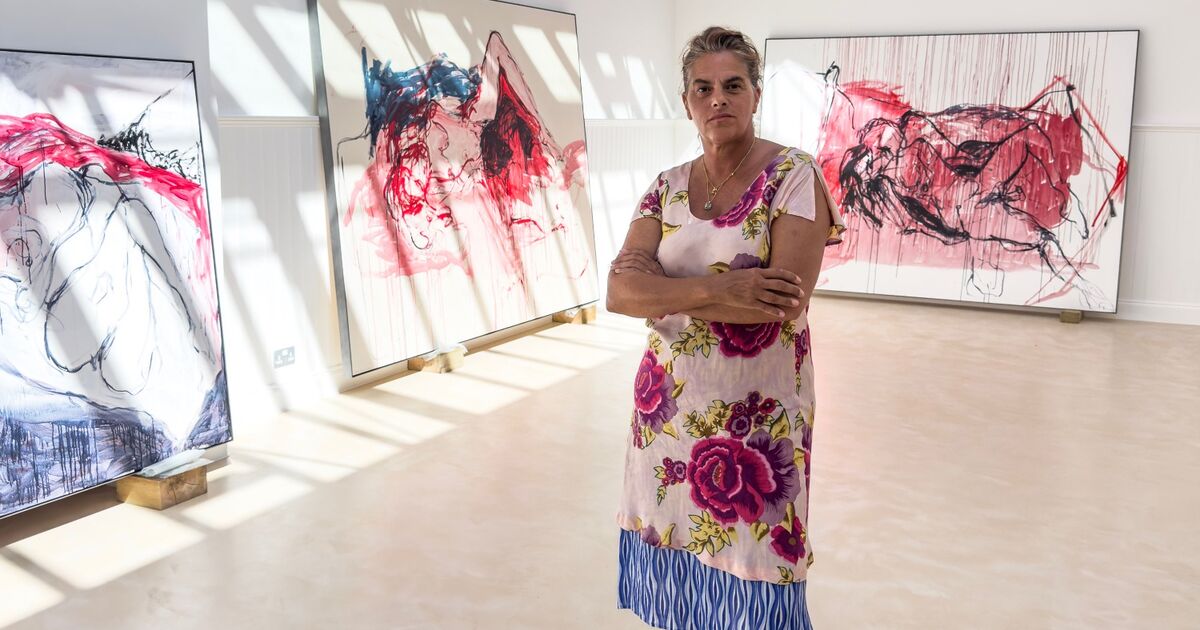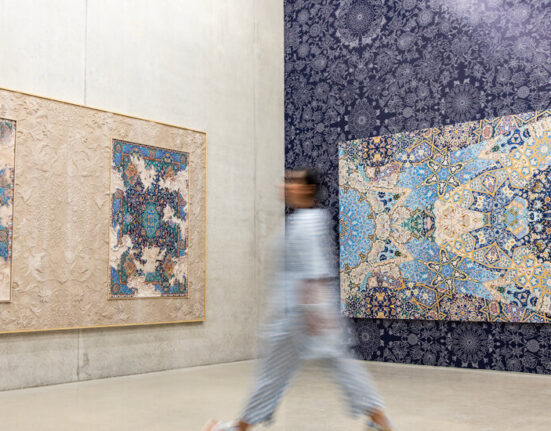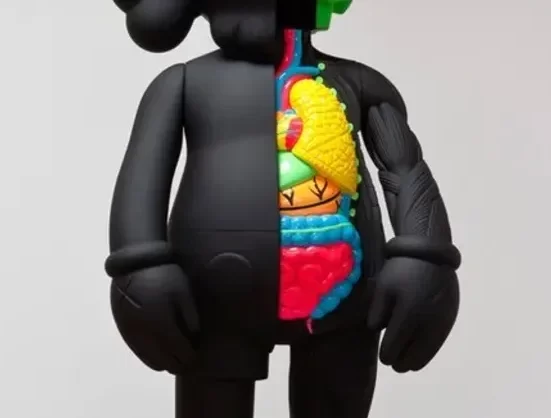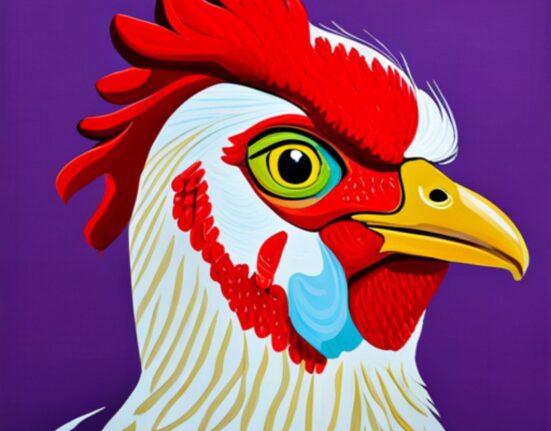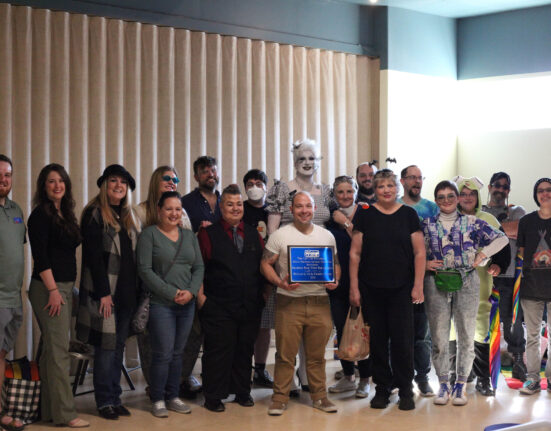On a late night just before the pandemic, Tracey Emin painted an intimate scene of lovers entwined, their silhouettes framed by a coffin-like shadow. This work, later painted over by Emin, resembled the clutching couples found in historical burial sites, from medieval tombs to Pompeii’s final embraces. Yet, this short-lived artwork foreshadowed a pivotal period in Emin’s life. As life imitated art, she embraced a deep romance—for the first time in a decade—as she confronted a terminal cancer diagnosis.
Triumphant after battling—and beating—cancer, Emin marks a striking return to New York with an exhibition at White Cube on Madison Avenue. Titled “Lovers Grave,” the show unfolds in 26 works, which range from sweeping canvases in the main atrium to smaller paintings in the far quieter space downstairs. Her new works strike a chord between the realities of death and the tenderness of human connection, with each piece embodying the strength she’s found in facing her mortality. By sheer willpower, Emin excavates this vulnerability, chiseling out figurative portraits that celebrate life’s intensity and resilience.
“I fell madly in love with someone, and then, the ‘Lovers’ Grave’ theme became something very positive in my mind,” Emin said at a press preview for the show. “Live together, die together, go to heaven together, be together—all of these ideas forever together. Everything. And I really started to believe that love was totally possible for me.”
Meanwhile, Emin’s renewed dedication to painting after her illness has brought a visceral authenticity to her practice. She explores themes of love, death, and resurrection with raw honesty—no holds barred, even for the famously unfiltered and irreverent artist. Her figures, locked in romantic or sexual embraces, are illustrated through impassioned contours, yet they remain transient, as if they might vanish at any moment. In paintings such as There was blood (2022) and And It was Love (2023), where spectral lovers suggest a fleeting quality to life’s most potent moments, Emin meditates on dichotomies of life and death: presence and absence. Still, there’s no mistake she is endlessly fascinated by an everlasting love—no matter how tenuous.
That said, Emin actively confronts death head-on. (After all, she already beat it once.) Is Nothing Sacred (2023), for instance, portrays a supine figure with a dark presence, suggesting out-of-body experiences and uninvited apparitions. Here, the Renaissance motif of “Death and the Maiden” recurs, portraying a timeless confrontation between life’s vitality and the imminence of death. These works interrogate fear but also gesture to her renewed hope in the world, following her experience falling in love again. “Love had actually pulled me out of the grave,” she affirmed.
In White Cube’s downstairs space, Emin’s private contemplations with mortality are on show: an array of smaller works like Cry (2022) or We died Again (2023) picture a muted, if morbid, focus on humans in their final moments. It’s a collection fit for the underground level, something of a reflective tomb in the gallery.
The top floors, in contrast, unravel like an expansive conversation with existence itself. There, Emin’s works are open, less tethered to the corporeal, inviting a dialogue with the infinite. These works, like the seven-by-six-foot The Begginning and The End of Everything (2023), appear to reject finality, with their visceral red paint.
The exhibition underscores the defiance of death, the natural conclusion of the lover’s embrace, and the promise of everlasting love. It’s here, in the trap between death and eternal love, that Emin’s purpose for making work becomes clear: “One of the most beautiful things about art is we’re holding hands with all this history.”

